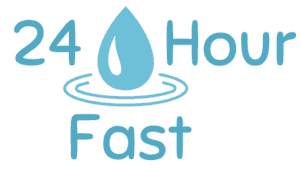The recent rise of intermittent fasting methods and their popularity come with a lot of questions. One of the most commonly misunderstood aspects is not knowing what “counts” as eating vs. fasting. Are there any intermittent fasting snacks that you can eat during the fasting window, without throwing off your fast?
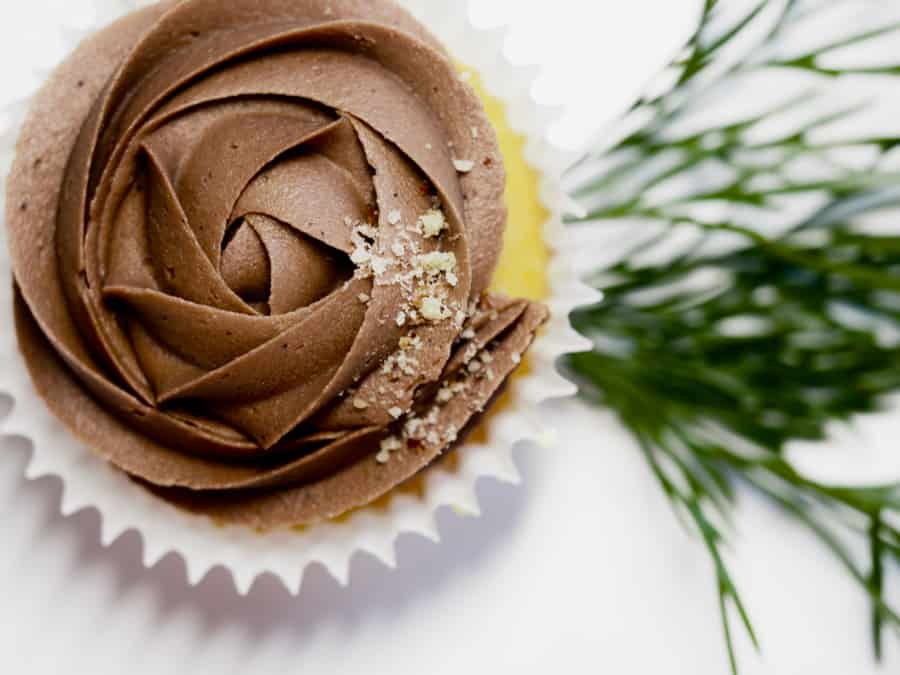
Different types of intermittent fasting
Intermittent fasting means alternating prolonged fasting periods with eating periods. There are different ways of cycling through those periods with different durations of fasting:
- Short extensions of overnight fasting: 12 to 14 hours fasting every day with an eating window between 12 and 10 hours respectively.
- 16/8 method: one of the most popular ones, fasting for 16 hours and restricting the eating time to an 8-hour period.
- 24 hour fast: it can be declined in different methods as well depending on its frequency. Alternate-day fasting involves a 24-hour fast every other day, while the 5/2 method includes 2 separate days of fasting during the week while eating as usual on the other 5 days.
- Extended fasts: over 24 hours. Those are usually practiced on a less regular basis to experience some deeper benefits of fasting.
As we can see, intermittent fasting encompasses a vast array of methods that differ largely in their fasting duration and frequency. As a consequence, the needs and cravings for snacks will also differ largely and need to be addressed with different solutions. This article is meant to help you understand and handle those cravings better.
Snacking in the fasting window or in the eating window
It’s important to differentiate whether we are talking about snacking during the fasting period or during the eating window. While we will focus on the former here, let’s have first a few words on snacks during the eating window.

When you practice intermittent fasting, you are obviously decreasing the period during which you eat. And as an indirect consequence, the opportunity to snack is less frequent. You are not asking yourself whether you are going to eat that late-night snack anymore. If it’s out of your eating window then that’s out of the question. That’s it. And you will actually don’t feel the need for that snack once your body is used to your fasting schedule.
Now, what about snack cravings in the middle of your eating window? Well, first you will see that their frequency will substantially decrease since your main meals (2 or 3 meals depending on your schedule) won’t be that far from each other. Hence reducing the hunger feeling to a much shorter opportunity window.
And if you feel the need to snack in between your meals, it’s not out of the question. But make sure you are preferring healthy natural snacks over processed ones. And while it can totally be normal to feel hungry during the day, it might be a good idea to check your main meals to see if they are nutritious enough. Not only in terms of calorie needs but also in terms of actual macro and micronutrients that they contain.
Overall, a healthy balanced diet is what matters the most. Whether you do intermittent fasting or not. And if that comes along with a healthy snack during your eating period, then so be it!
Now, snacking during the fasting period is another story. Let’s dive into this.
What happens when you fast
Overall process
First, understanding what happens to your body when you fast is essential.
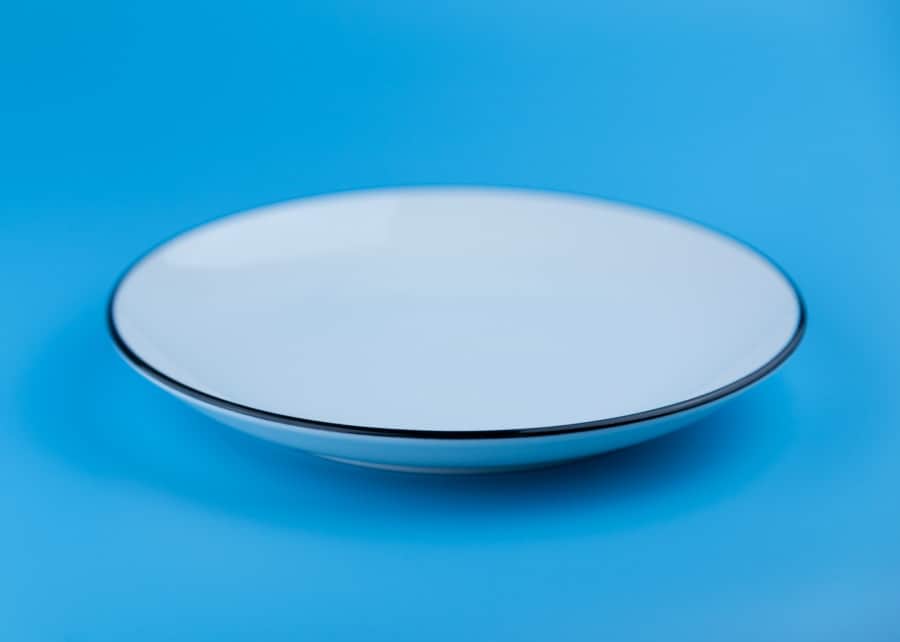
When you eat, sugar enters your bloodstream as glucose. The presence of this glucose elevates your blood sugar level and a hormone called insulin is secreted to help regulate that level. This insulin is essential in this process and signals the liver, muscle, and fat cells to store the excess glucose in the cells. It can be stored as glycogen or triglycerides, depending on where it’s stored. Insulin is also involved in inhibiting the breakdown of fats.
When you fast, your body will first use the glycogen reserves stored. It’s the preferred way of your body to get energy. Only once all these reserves are exhausted, your body will start burning fat to convert into energy. This happens from 8 to 10 hours of fasting.
What you don’t want to do when you are fasting is spike your blood sugar that will trigger an insulin spike as a consequence. If that’s the case, you are back into using the energy directly available from food and storing the excess instead of burning fat to use as your energy source.
Insulin response variations
The insulin response depends on the food you eat. Not only the amount and the total calorie level but also the type of food eaten. Indeed, foods rich in carbohydrates and sugar will spike the blood level much more than fat and proteins.
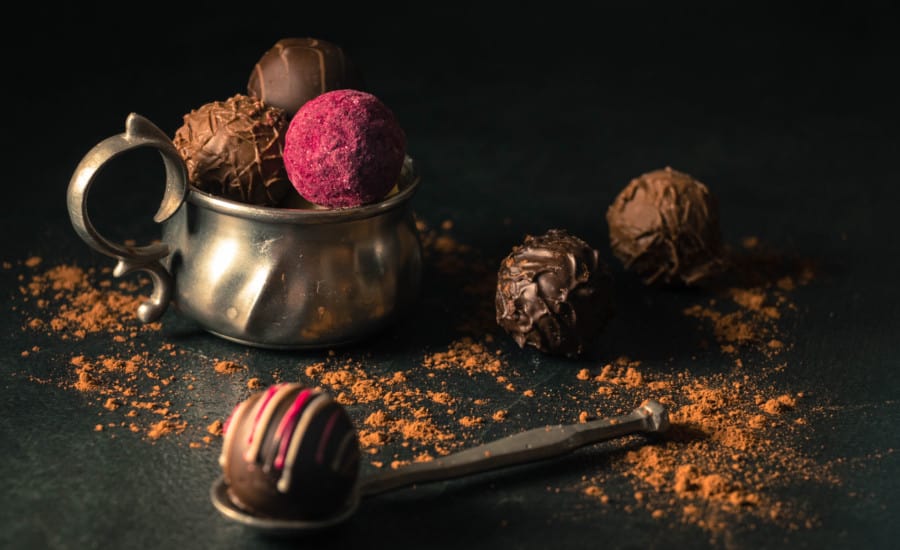
It’s interesting to take a look at the food’s Glycemic Index as well as Insulin Index. Glycemic Index is used to assess how much the food will elevate the blood glucose level, while the Insulin Index focuses on the blood insulin level specifically. They are highly correlated to each other but it’s important to look at both inputs when selecting the foods to eat in order to impact insulin level and blood glucose as little as possible when fasting.
Understanding what level of insulin response will be triggered by the food we eat is important when practicing intermittent fasting.
Hunger signals
When you fast, two main types of hunger signals may happen: actual physical hunger or psychological hunger signal.
Unless you are undergoing an extended fast over 24 hours, where your body can be hungry from a significant lack of food, shorter fasts tend to be short enough not to lead to that situation.
Most of the time, we THINK we are hungry out of habit. If you are used to getting food at a certain time, our body will turn the hunger signal to maintain a consistent rhythm. It’s important to be aware of those signals and be able to progressively make the difference between real hunger and psychological craving.
For most people, this will likely happen in the first few days or weeks of changing habits. But when you consistently implement a new eating schedule, your body will quickly habit. And those ‘fake’ hunger signals will likely fade away.
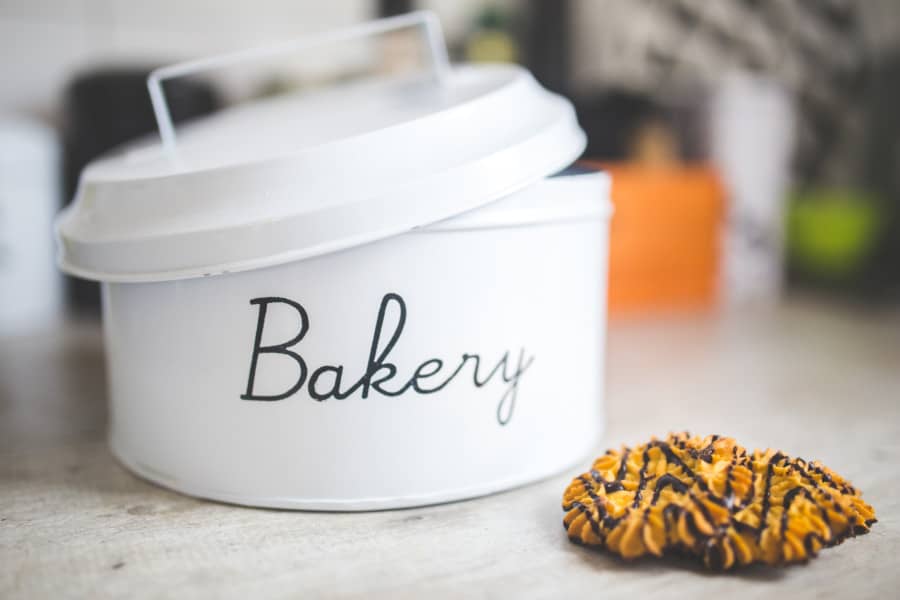
Going beyond those signals
We will focus here on the cravings that may happen during your fast but don’t actually translate a real hunger. How can you manage those signals and what can you snack on while intermittent fasting if they don’t go away?
Please note that if at any time during your fast, especially extended ones, you feel more than a small discomfort, such as dizziness, confusion, heartbeat changes, you should eat regardless of the calorie content even if that breaks your fast. Here, we are talking about cravings that correspond to small discomforts: for example a growling stomach, a little bit of fatigue, or even no physical effect.
Hunger awareness
One of the benefits of fasting, especially for durations you are not used to going without any food, is hunger awareness. It is getting clarity on your habit loops.
Indeed, we usually eat whenever our brain signals us to. But we rarely stop and ask ourselves: “am I really hungry right now? Do I need to go grab that cookie? Or is it just a habit? Or is my mind trying to tell me something else that I am interpreting as hunger?”.

You see, we usually eat our meals without thinking. Without even paying much attention to the food we eat when we eat it. We chew a few times, swallow our meal, and go back to our activities. And when that craving comes, we think we need food. Maybe we do. But most of the time, we might just need a break from work or study. Going for a walk. Standing up, doing a few stretches. Reading a page of a book. Talking to a friend. We usually grab food as a replacement for all of this. Without thinking twice.
And while it’s normal and important to have regular eating times on a day to day basis to align with our circadian cycle, being aware of what we do, eat, and most importantly of our level of hunger is essential.
Fasting brings your hunger signals into the spotlight. And because you won’t eat during a certain period, when those signals come, you are forced to think about what they tell you. A habit of eating at a certain time? Boredom? Fatigue? Need a break? You will slowly learn to listen to your body and mind more closely. And that’s what one of the greatest skills one can have. Not only regarding hunger awareness but in a lot of other areas of life.
Once you are able to make the difference between actual hunger and all those other signals, it will be much easier to move forward with your fast.
Mental strength
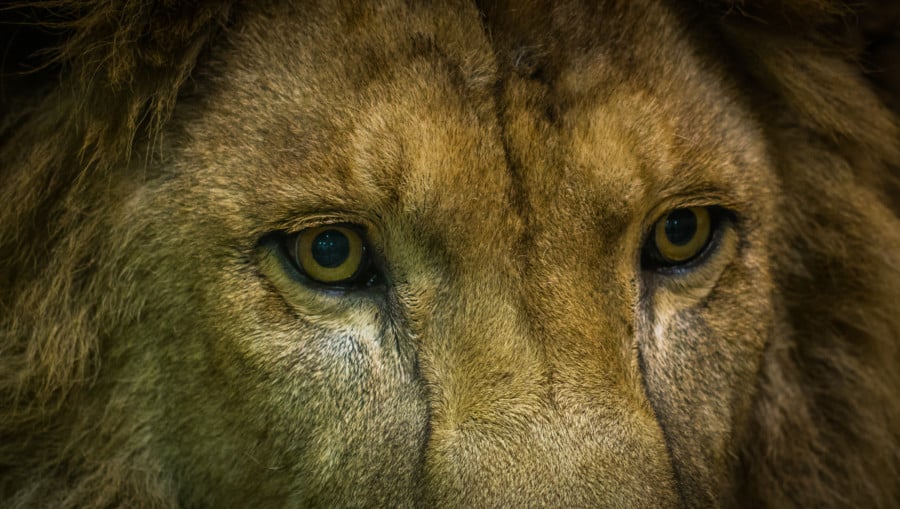
Another aspect that will both help you during intermittent fasting and that intermittent fasting will train you to do: be mentally strong. Fasting, especially at the beginning, is not always easy mentally. And making yourself go into that discomfort zone of not eating for a longer period will make you tougher mentally.
Of course, without forcing your body to jump to an extreme fast right away. Being reasonable and gentle on your body to let it adapt to your new eating schedule is important. Going step by step from shorter fast to whatever intermittent fasting schedule you want to reach. Along the way, you will get stronger.
And when those fake hunger signals knock on the door, you will be well equipped to first recognize them and then let them go gently.
Non-caloric beverages
While being aware and mentally strong are the basis of going beyond those hunger signals, there are some other welcomed tips that will help you along the way.
A classic way of curbing hunger while fasting is to drink non-caloric beverages. It can be water, it’s important to stay well hydrated. But it can also be black coffee (without cream or sugar or any other sweeteners) or tea. Coffee may have an impact on appetite, but this is yet to be proven without ambiguity.

One point to note here is that while 0 calorie sodas are technically not going to impact your fast from a calorie standpoint, the artificial sweeteners and ingredients that they are made up of are questionable. I would advise staying away from them. It would be counter-productive to practice intermittent fasting for health benefits while drinking unhealthy beverages in the meantime.
Nutrient-dense beverages
If the hunger is too strong while you are fasting, it may be worth trying to drink beverages that are nutrient-dense and that will keep you full for an extended period of time.
However, note that those contain calories and will technically have an impact on your fast. But if they help you extend your fast for longer while the only other alternative is eating a big meal, it might be worth considering. If you are able to extend your fast without those, it’s ideal. But they are good options to consider if hunger becomes too strong:
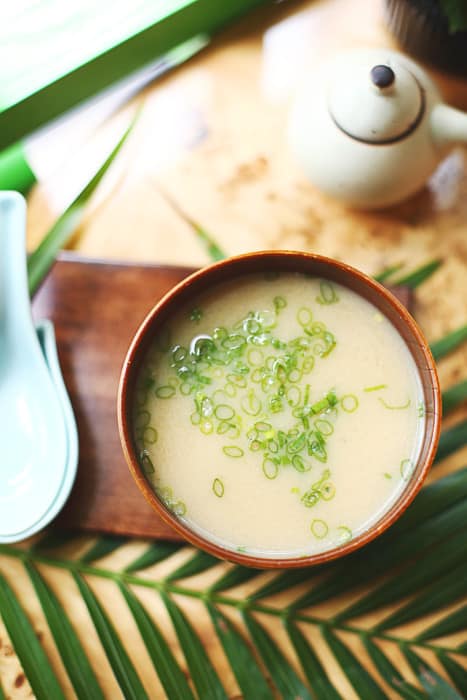
- Bone broth: nutrient-dense, 1 cup contains between 30 and 60 calories
- Healthy fats: butter, bulletproof coffee, vegetables oils. Higher calorie content, but because of their nature, the impact on insuline will be limited vs. a carbohydrate-rich food.
- Almond milk: make sure it is unsweetened. A splash in your coffee won’t have more than 40 calories.
Check this link if you want to have a better understanding of what breaks a fast.
Low calorie snacks
Sometimes, we can experience a psychological need to eat something that requires chewing or crunching on something. The tips above will likely help in most of the cases, but in some instances, mental strength, awareness or drinks are not necessarily enough.
In the long run, while your body gets used to your eating and fasting schedule, you most likely won’t need this or only on very rare occasions. But when it’s needed, there are good options to consider. What kind of snack should you favor while intermittent fasting if none of the above tips are sufficient?
Low in carbohydrates
You want to stay away from sugar and carbohydrates rich foods as much as possible. Those will be most likely to spike your insulin.
Rich in fiber
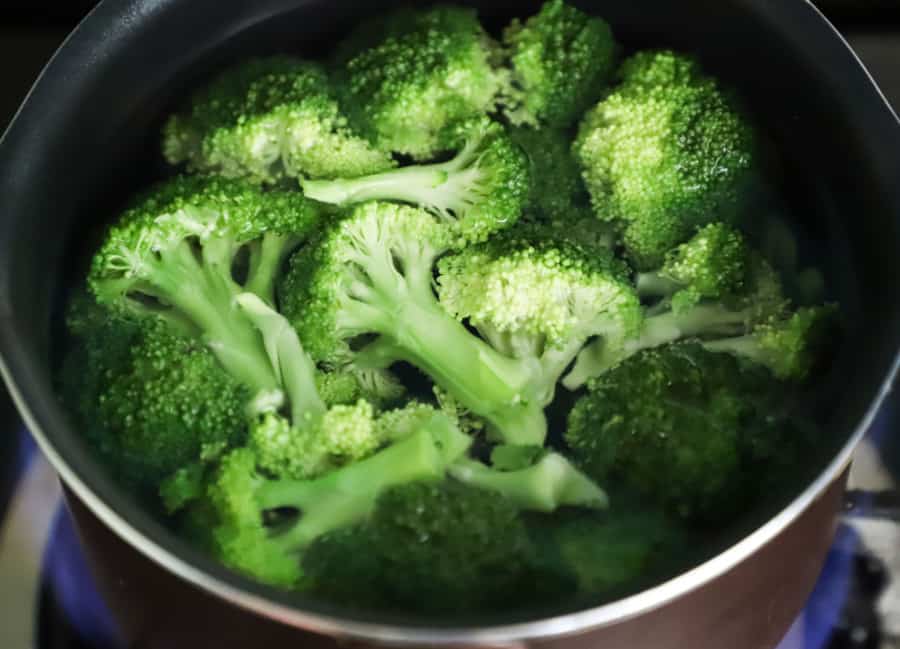
You can’t eat pure dietary fiber on its own. But some vegetables are a great source of fiber, low in carbs, and low in calories overall. Celery is a great option. It has the crunchy aspect that will make you feel like you are really eating something. It’s high in fiber and low in carbs and calories overall. Carrots, broccoli, or bell peppers can be used to the same extent but keeping it to a small amount.
Beware of fruits
Most of the fruits we commonly eat are high in sugar. It’s natural, yes, but will still spike your insulin level. If you really feel the need, you could consider a very small amount of blueberries, blackberries, or raspberries which tend to be lower in sugar.
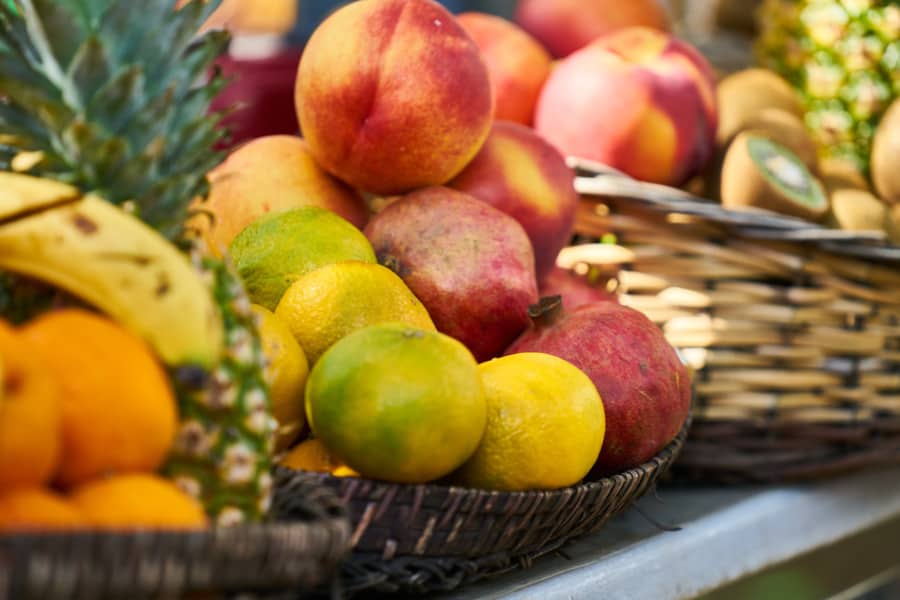
No processed food
It’s best to eat whole foods than processed ones as you will then be in control of the ingredients ingested. It’s true all the time, not only when fasting. But the last thing you want to do when fasting is ingesting ingredients that you don’t need, just because they have been added to the recipe of that packaged food.
Keep the amount small
Check the macronutrients in your food to make sure the overall content of carbs is low, as well as the total calories. The lower it is, the lower impact it will have on your fast.
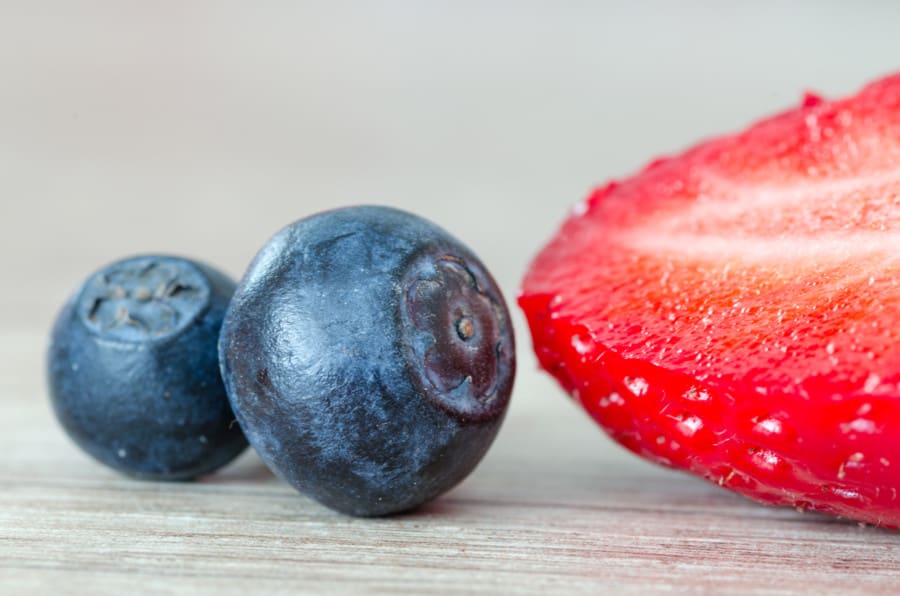
Sustainability
To be crystal clear, that last option of eating low-calorie snacks described above WILL break your fast. But it will to a very small extent and you will be back to a low insulin level shortly afterward. The goal is to help you curve that hunger to keep your overall fast duration as long as you initially planned. Before eating a real meal.
So that while it might not be ideal or a “perfect” fast theoretically speaking, it will help you gain consistency and improve little by little. The goal is not to practice intermittent fasting while eating those snacks on a regular basis. But rather be flexible, especially at the beginning, to be able to go without those snacks in the future.
And if you are having a harder day than usual, that happens to all of us, allowing yourself to be a bit more flexible without completely stopping your fast will help you in the long term. Consistency is key. And having different levels of fasting flexibility is instrumental in building consistency.
At the end of the day, you want your intermittent fasting schedule to be sustainable. In order to fit into your lifestyle nicely. Building consistency will bring sustainability. And allowing flexibility in your overall system will be beneficial, in the long term. Not losing the long-term primary objective of fasting for the desired period without needing any snacks or calories.
What to eat after fasting
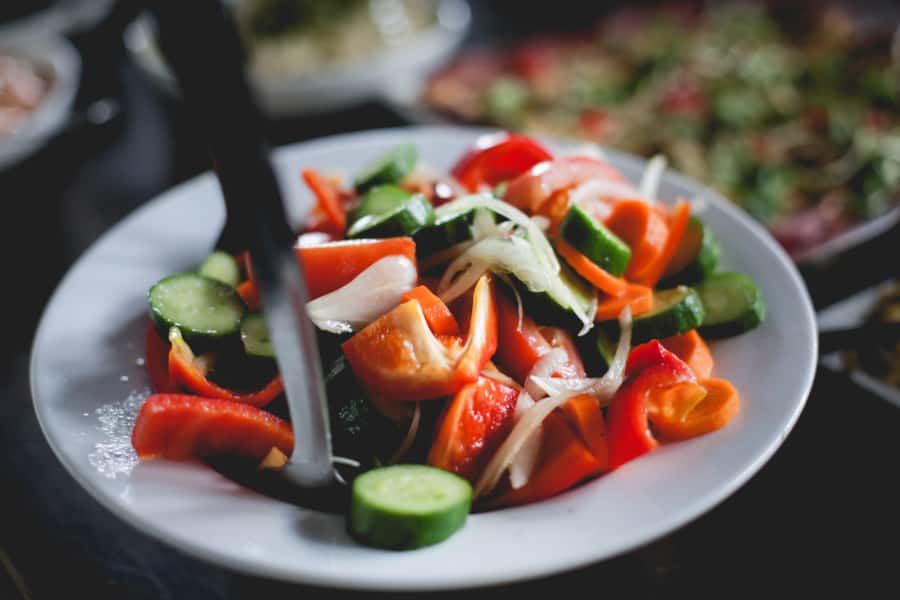
Now that you know what to do and not to do when hunger signals knock at the door during your fast, do you know what to do after fasting? When you purposely want to break your fast?
There is some information that is important to know when it comes to eating after your fast, in order to do it smoothly and be gentle on your body. The following article will help you do just that: https://24hourfast.com/what-to-eat-after-fasting-for-24-hours/
The information we provide at 24hourfast.com is not intended to replace a consultation with a qualified medical professional. By interacting with this site, you agree to our disclaimer. Read more.
